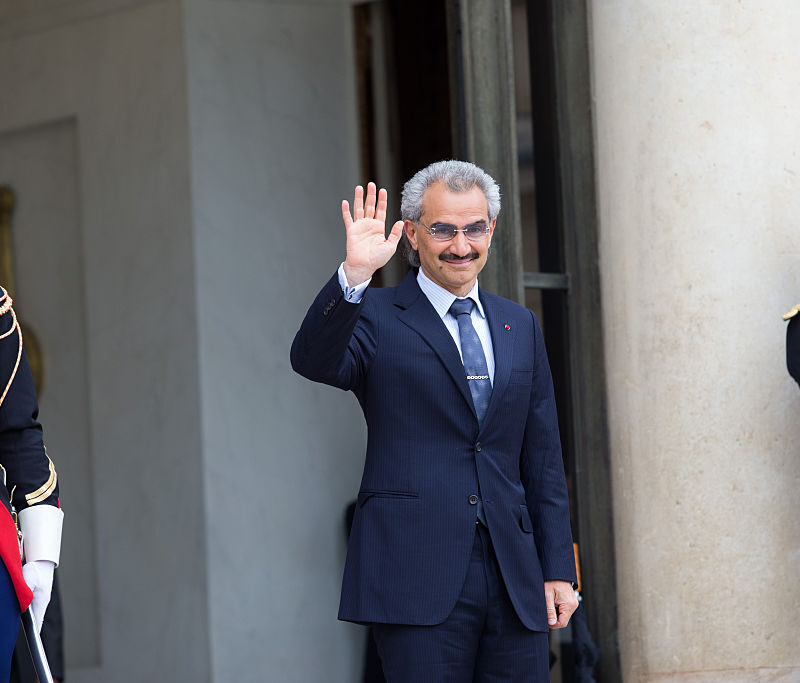
Picture courtesy of CruiseXplore
CruiseXplore builds Mideast business with mini-holidays to Gulf, Red Sea resorts
CEO Lakshmi Durai books cruises these days with Aroya, owned by Saudi Arabia’s Public Investment Fund, which runs an 18-deck luxury ship that serves no alcohol
While cruise ships teem with Middle East travelers heading to the Greek Islands, Hong Kong and the Caribbean, Lakshmi Durai is trying to introduce more people to shorter luxury trips sailing between the Gulf states and along the Red Sea.
As founder and CEO of CruiseXplore, an internet booking platform that fills cabins for some two dozen cruise lines, including Carnival, Norwegian and Disney, Durai has lately teamed up on the mini-holidays with Aroya Cruises, which is backed by Saudi Arabia’s Public Investment Fund.
“This is a very high-potential market,” Durai, a 30-year veteran of the industry, told The Circuit during this month’s annual Arabian Travel Market exhibition in Dubai. “It’s an easy way for people to experience cruising for the first time.”
Jeddah-based Aroya opened for business just two years ago and runs a variety of cruises to nearby ports of call including Egypt’s Sharm el-Sheikh, the Jordanian resort city of Aqaba and Jabal Al Sabaya Island in the Red Sea. Its sole 18-deck ship has more than 1,600 cabins, along with swimming pools, spas, restaurants and a no-alcohol policy.
Cruise revenue in the Middle East and Africa is projected to grow some 60% over the next five years to $230 million, according to Horizon Grand View Research. That’s a minuscule 1.6% of the global market, which an optimistic Durai sees as providing even more room to grow.
The interview has been edited for length and clarity.
What sets CruiseXplore apart from other international players?
We are a cruise consolidator working with over 30 cruise brands. Each brand might have 10 to 20 ships, sailing from more than 300 destinations worldwide. Our team includes experienced cruise professionals, so we really know the market.
Cruising isn’t one-size-fits-all. There are family cruises, couples cruises, destination-focused cruises, and luxury cruises – each with unique features. Our job is to match the right cruise to the right guest, based on their style of vacationing. We don’t just sell cruises; we sell the experience.
How do you decide which cruise lines to partner with?
Every cruise line is beautiful in its own way. We don’t categorize any cruise line as better or worse. It’s about understanding the product – what it offers, who it targets, and what kind of people it attracts. If a cruise line operates professionally, we are open to working with it. We’re here to sell anything that sails on water!
What cruise destinations are most popular with your customers?
Globally, cruises operate in the Mediterranean, Northern Europe, the Caribbean, Alaska, Australia and even unique places like the Arctic, Antarctica, and the Amazon. But for this region, European cruises are very popular due to proximity and ease of travel.
First-timers often choose Mediterranean routes – Spain, Rome, France, Greek Islands, and Turkey – because of the history and scenic coastlines. Others who prefer cooler climates opt for Northern Europe, especially Norway and its fjords. Those cruises are getting very popular.
What about Saudi Arabia? Is the Red Sea becoming a cruise destination?
Saudi Arabia launched its own cruise line, Aroya Cruises, last year. It’s a beautiful ship that operates in the Red Sea. Aroya is the only GCC-based cruise brand, but we work with over 30 international cruise lines. MSC, Costa, and others also operate in the region, sailing into GCC ports.
What are the industry trends that look promising for the Gulf region?
Local cruising is becoming quite popular – it’s an easy way for people to experience cruising for the first time. Still, a large portion of the Middle Eastern population hasn’t been on a cruise, so this is a very high-potential market.
Having local cruises means people can try it without flying abroad. It helps raise awareness and builds confidence for them to book international cruises later. And for visitors, cruising makes it easy to visit multiple countries – Oman, Bahrain, Qatar – without needing to arrange separate flights or accommodations.
What investments does the Middle East cruise industry need?
More ports and attractive destinations. The GCC countries have already made great improvements in infrastructure, but the more ports of call we have, the more appealing the region becomes for cruise tourism.
Can you tell me how the industry has changed since you started in the 1990s?
I actually started in 1994, so it’s been 30 years. I was very young then! I came to Dubai that year and joined the cruise industry right away. I gradually moved up the ranks and started managing cruise brand representations as a director. After 20 years, I decided it was time to do something on my own, and that’s when we launched CruiseXplore in 2014. We just completed 10 years.
Back then, cruising was a very new concept in the region. We had to explain to people what a cruise was, and there were a lot of misconceptions. There weren’t even ships docking in the Middle East. That changed around 2008-2009 when major cruise lines like Royal Caribbean and Costa started operating here. People began to see ships in local waters, and awareness increased. Today, thanks to the internet, cruising is becoming very popular.



